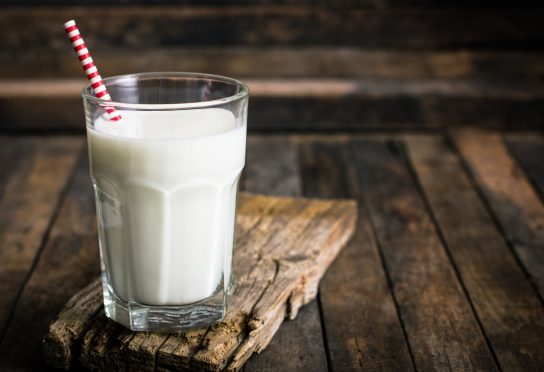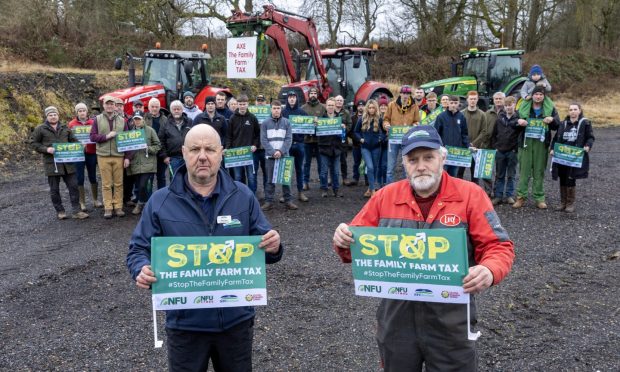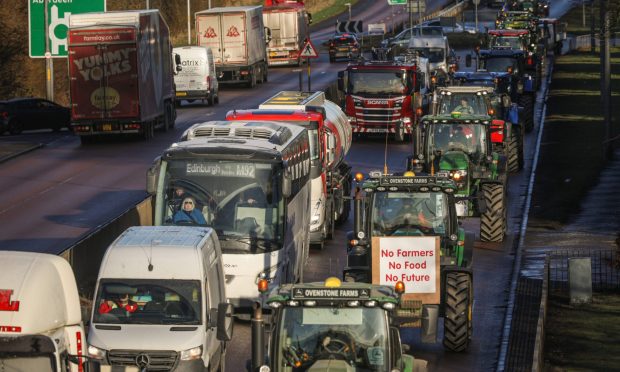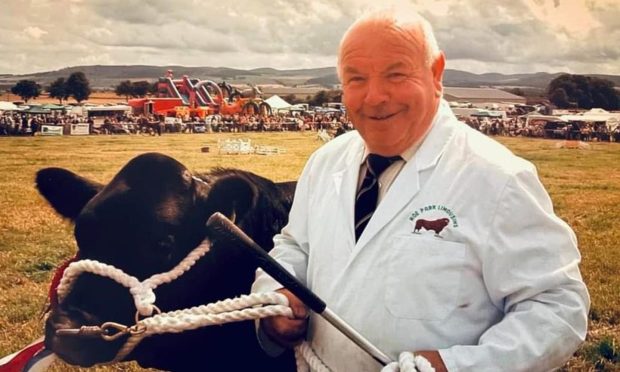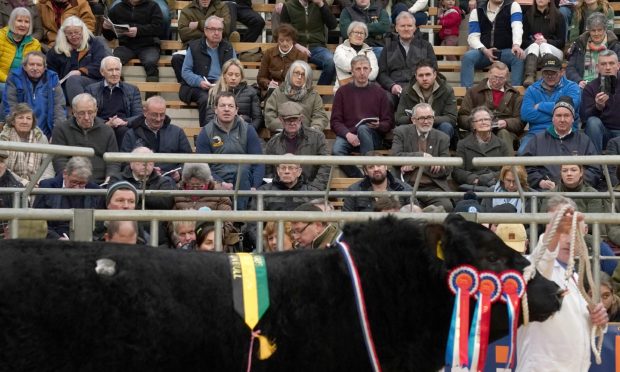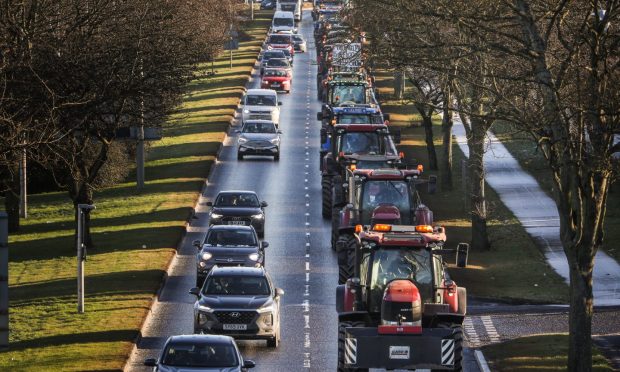Significant growth in milk sales has been revealed by consumer consultants Kantar in the week the dairy industry voiced its fears over looming labour shortages.
The latest statistics show that UK consumers spent £2.6 billion on dairy products in the last three months of 2017, an increase of 6.3% on the year, with standard fresh milk contributing the most to the improvement.
Growth leapfrogged that seen in both the total grocery market and fresh and chilled produce, which grew at +4.2% and +4.5% respectively.
The encouraging figures will be welcomed by the dairy industry after a sustained ‘Veganuary’ campaign by the vegan lobby for non-vegans to avoid dairy produce for the month of January. The milk sector has now responded with the launch of its own ‘Februdairy’ campaign on social media to celebrate dairy produce.
However behind the online scramble to influence consumers, it seems farmers are more concerned about who is going to milk their cows.
A survey of 1,000 dairy farms published this week ahead of next month’s Dairy-Tech event at Stoneleigh shows more than a third of the UK’s milk is produced on farms that employ foreign staff, and more than half of farmers are already experiencing difficulty with recruiting workers.
Industry consultants Kite Consulting commissioned the survey and say the prospect of EU workers returning home after Brexit raises fears of a “cliff edge” shortage of labour.
The dairy farms surveyed produce more than 2.23bn litres of milk – 15% of the UK’s overall annual volume – and have between them nearly 270,000 cows.
While a total of 11% of employees were non-UK nationals, almost 17% of dairy businesses have foreign workers within their workforce and more than half of these non-UK workers are in skilled positions of herdsmen or herd managers.
In Scotland 108 farms were surveyed and reported 13% of their workforce was made up of non-UK staff.
Kite Consulting managing partner John Allen said labour issues had shot to the top of the list of challenges for many dairy farms after the Brexit referendum.
“Clearly a very significant proportion of our milk is dependent on foreign workers, and over a quarter of farmers say they have significant or intense problems recruiting,” he said.
Matt Knight, managing director of the Royal Association of British Dairy Farmers, said the survey highlighted the urgent need for government and industry to work together.
“Government needs to first of all
recognise the very specific needs of the UK dairy farming sector for permanent year-round semi-skilled and skilled labour,” he said.
“Furthermore, those roles are not going to be filled from the domestic workforce in the near future – in a survey of the general public we conducted last year only four per cent were willing to consider the type of job roles found on a dairy farm.
“But we as a dairy industry also need to take collective and cohesive action to improve the image of dairy farming and the attractiveness of the sector as a career option.”
nnicolson@thecourier.co.uk
